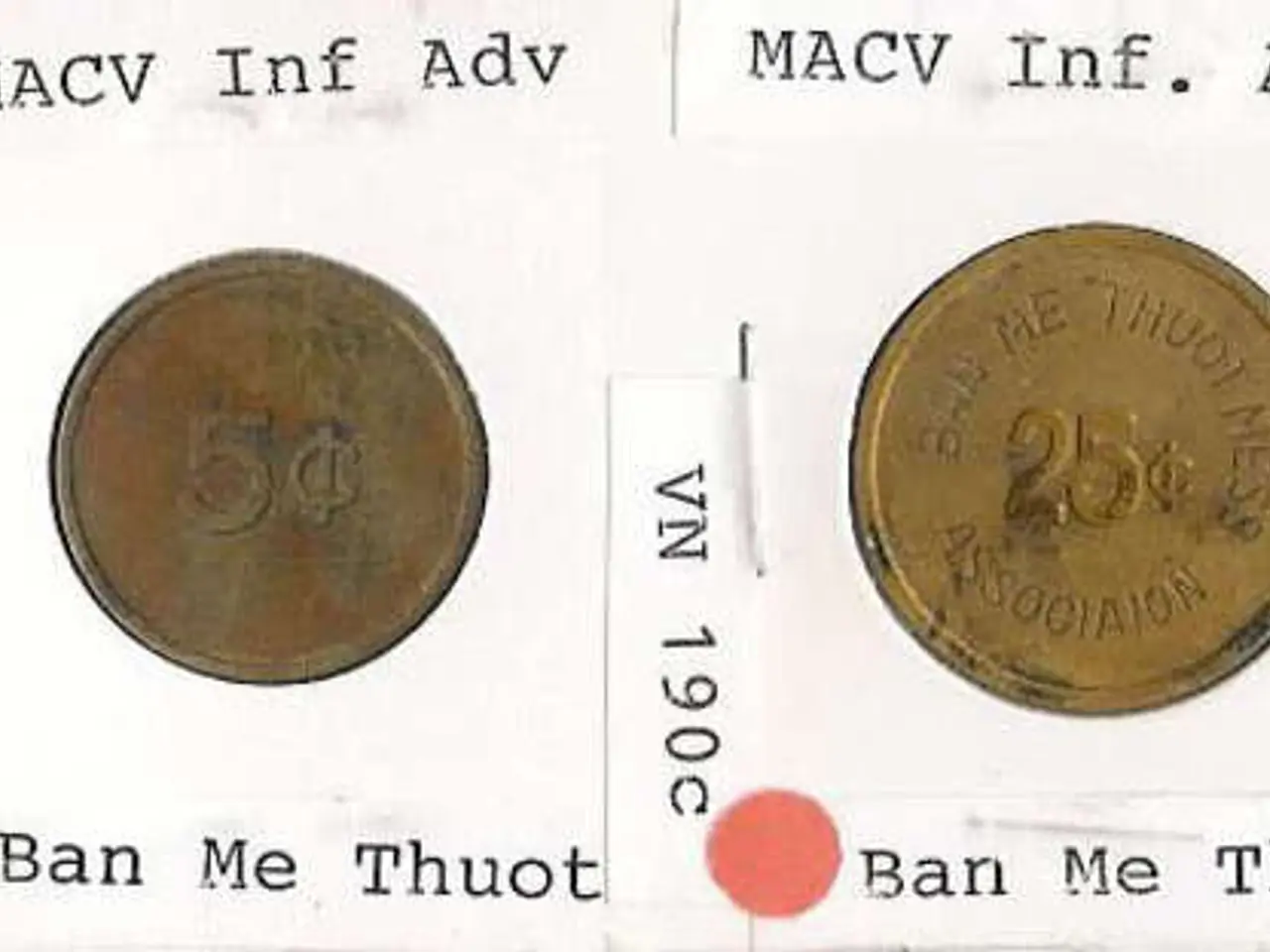Expanded supply of Pi Network unveiled, potential scarcity may enhance coin's worth
In a recent development, Pi Network, the innovative digital currency project, has revealed its strategy for converting economic design into sustained adoption and real-world use cases. The project's focus is on balancing rewards for early pioneers and new users while maintaining scarcity for long-term value.
According to the latest detailed breakdown, Pi Network confirms an total supply of 80 billion Pi tokens, with 65 billion destined for mining rewards. This allocation is split as follows:
- 20 billion Pi allocated to pre-mainnet mining (for early pioneers)
- 45 billion Pi allocated to new mainnet mining (for ongoing users)
- 5 billion Pi reserved for liquidity pools
- 10 billion Pi set aside for the foundation and community initiatives
This plan supports scarcity by limiting the migration of pre-mainnet coins post-KYC verification to only 10–20 billion Pi, ensuring that inflation from unverified or fake accounts is minimised. The rest of the mining rewards will be released gradually over time under yearly supply limits, providing a balanced, controlled introduction of coins into circulation.
Some sources suggest a 100 billion total supply, allocated as follows:
- 80% to community rewards, organisations, and liquidity pools
- Circulating supply currently low (~7.8 billion), with a slow release to ensure affordability and accessibility globally, avoiding token burning to prevent price spikes that could exclude new and developing country users.
Pi Network's strategy balances reward for early users (via pre-mainnet mining allocation) and incentivises continued participation by releasing the majority of rewards during the mainnet mining phase under strict yearly limits. This staged distribution and KYC-based filtering aim to maintain long-term scarcity by controlling supply inflation while keeping Pi affordable and tradable for new users worldwide.
The Pi Core Team is also emphasising KYB verification for partner companies to strengthen trust and enable secure integrations. Mining of Pi will remain open with limits to allow the community to expand. The project's focus on scarcity, fair access, and gradual supply release aims to avoid pitfalls faced by older cryptocurrencies.
In summary, Pi Network’s approach is:
- Large but capped total supply (80B or 100B depending on source)
- Majority allocated to mining rewards split between early pioneers and ongoing miners
- Post-KYC verification to reduce fake accounts and limit instant large pre-mainnet coin circulation
- Slow, halved mining reward release to control inflation
- Reserves for liquidity and community use to support coin utility and ecosystem growth
- Avoidance of token burning to keep Pi accessible for new users
This design is intended to simultaneously reward early adopters, incentivise new users, and foster a sustainable, scarce ecosystem over the long term.
- The Pi Network has allocated a significant portion of the 80 billion Pi tokens for mining rewards, with 65 billion tokens intended for miners, aiming to balance rewards for early pioneers and ongoing users while maintaining long-term value.
- To sustain long-term scarcity, Pi Network's strategy includes post-KYC verification to minimize unverified or fake accounts, a slow and halved mining reward release, and reserving tokens for liquidity and community use, ensuring the digital currency remains accessible for new users worldwide.




